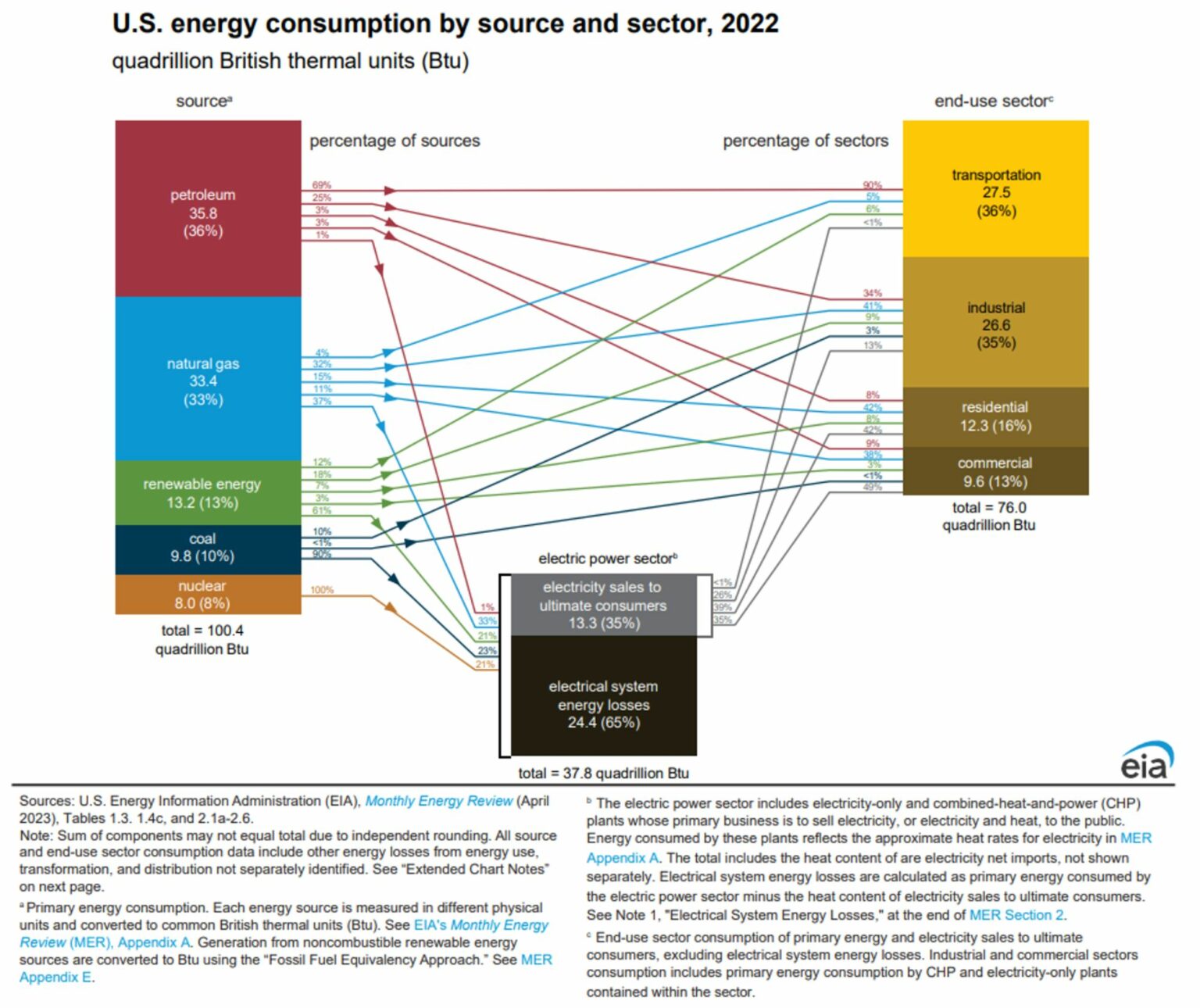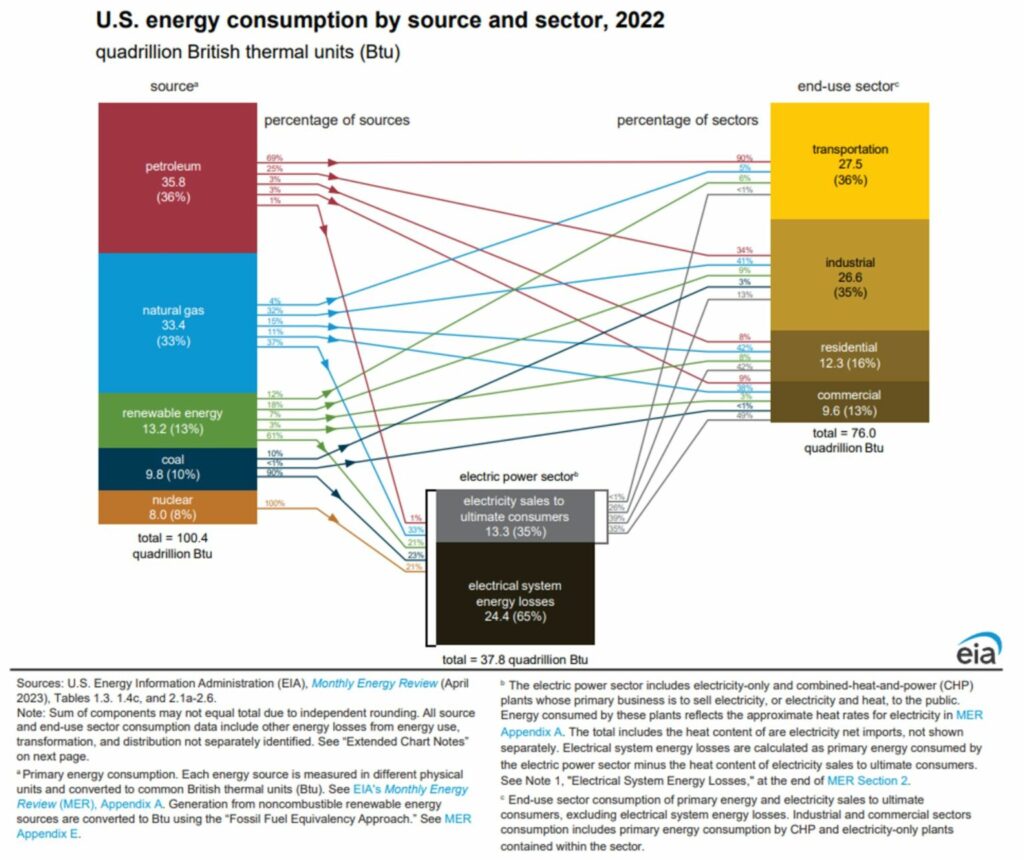
EIA’s Invaluable Mission
By Branko Terzic
Recent reports indicate that 100 employees have left or been fired from the U.S. Energy Information Administration (EIA). As the full agency had only 350 employees this is distressing news as it is unclear how the EIA can successfully fulfill its mandate with only two-thirds of authorized staff. Yes, I do expect that efficiencies can be gained from adoption of newly released Artificial Intelligence (AI) programs and custom designed software, but these staff reductions were not accompanied by any announcements of adoption by EIA of technology improvements allowing for reduction in personnel.
The EIA was established in the Department of Energy Organization Act of 1977 to serve as the primary federal government authority on energy statistics and analysis. The new agency was created after the establishment of the Organization of Oil Exporting Countries (OPEC) and the oil crisis of 1973. Lack of international oil production data in specific impeded policy making as the oil crisis evolved.
According to Its official mission statement:
“The U.S. Energy Information Administration (EIA) is the statistical and analytical agency within the U.S. Department of Energy. EIA collects, analyzes, and disseminates independent and impartial energy information to promote sound policymaking, efficient markets, and public understanding of energy and its interaction with the economy and the environment. EIA is the nation's premier source of energy information, and, by law, its data, analyses, and forecasts are independent of approval by any other officer or employee of the U.S. government.”
The restriction on any pre-approvals of information and data releases by political players is considered a key protection for the release of accurate data and reports by the EIA. In other words, if it’s bad news, it gets released anyway.
In my work I have found the EIA’s annual chart of “US energy consumption by source and sector“ to be invaluable in explaining how the U.S. energy sector works. I have urged other countries to copy this data display to understand their own national energy acquisition and use.
I even proposed, in a speech to the National Association of Manufactures (NAM) two decades ago, that NAM member companies create their own version of this graph identifying energy acquisition and end use. At the time it was surprising how few companies tracked this data. Later of course it became necessary to do so to calculate greenhouse gas emissions responsibility.
The EIA has performed well the past 48 years. It’s reliable and scientifically produced data and reports have been invaluable to public policymakers and private enterprise. I would urge that vacant staff positions be quickly filled so that EIA’s important mission can continue to be accomplished successfully.
#BrankoTerzic #energy #regulations #experience #research #future #opportunity #strategy #management #people #electricity #power #utilities #renewables #RenewableEnergy #energysector #powergeneration #energyindustry #sustainability #public #utility #history #scientific #technology

